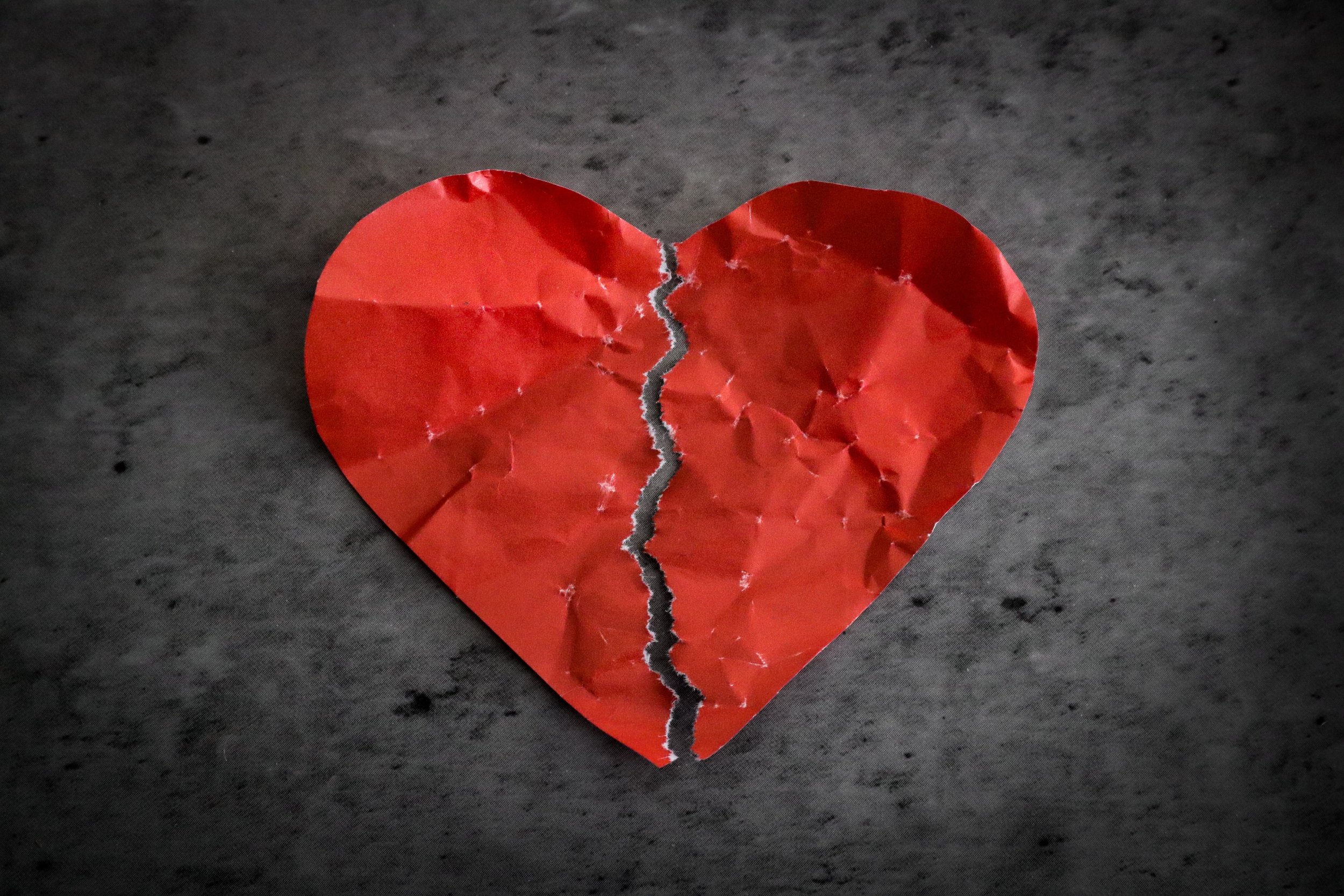Image by Francesco
If you struggle with high levels of anxiety you may, understandably, wish you could never feel anxious again. If there was a big switch marked ‘Anxiety’, you would probably flick it to the OFF position and hope it stayed that way for the rest of your life. And no wonder – anxiety is a horrible feeling, especially when you experience it intensely and on a regular basis. No-one likes feeling anxious.
But when I am helping my clients with chronic anxiety, one of the first things I do is explain why humans experience anxiety, the function of this uncomfortable emotion both in terms of evolution and neurology – how it shows up in your nervous system, including your brain. The first thing to understand about anxiety is that it’s supposed to feel uncomfortable. That’s so you can’t just ignore it and carry on with your day.
To understand this properly, let’s jump into a time machine and journey back 10,000 years, to meet one of your ancestors living on the African savannah. She would be living with a small tribe of hunter-gatherers, in a village surrounded by a fence constructed from the spikiest branches they could find. Why? Because outside that fence would be very large, very hungry animals who wanted to eat them.
Anxiety is an alarm signal
Let’s say your ancestor left the village with two other women to forage for berries, roots, plants and whatever they could find to feed their families that day. As she walked across the savannah, she noticed the grass to her left start rustling. And she froze, as the threat system in her brain first detected the threat and then – in split seconds – decide how to respond. Thinking it might be one of the lions that often hunted near this spot, her brain cycled through the options of fight, flee or freeze and decided fleeing was her best chance of survival.
So her amygdala – a small structure in the brain whose primary job is mobilising the rest of the brain and body to deal with threats – gave her a massive jolt of anxiety to signal, Run! At the same time, the amygdala engaged with other parts of her brain to give your ancestor a shot of adrenaline and cortisol, quicken her breathing and heart rate to pump oxygenated blood to the major muscles in her arms and legs. And she ran, fast, until the potentially-a-lion threat was far behind her.
And this is what anxiety is for – to tell you that:
There is a threat.
And you should do something about it, urgently.
For your ancestor, this whole mind-body process might just have saved her life. And even in our 21st-century world, which is far safer than the one she lived in, anxiety will probably have saved your life, or the life of a loved one. This is why we should never try to get rid of anxiety completely, even if we could, because it can quite literally be a life-saver.
Calming your nervous system is key
I hope that gives you some idea of why you feel so anxious – and why that’s not necessarily a bad thing. The problem is, for most of us, our anxiety is not triggered by lions in the grass, but by a nasty email from your boss, warning letter from the bank or critical comment from a family member. These are all threatening, hence the spike of anxiety they trigger, but not in the life-or-death way those rather primitive parts of your brain are designed to save you from.
So rather than trying to shut down your anxiety, or get rid of it, the key is first learning to accept this normal, healthy and in fact vital emotion. Then finding tools and techniques to bring your dysregulated nervous system back into balance, calming, soothing and reassuring parts of your brain like the amygdala that are yelling ‘lion!’ when there is none.
If you are really struggling with your anxiety, I would encourage you to find a skilled therapist to help heal whatever wounds from your past are making you feel so anxious right now. And this therapy, as well as any other healing tools you employ, should focus on helping calm and soothe your overheated nervous system. You can do that right now, using this Compassionate Breathing technique I recently blogged about.
I would also recommend anything that feels calming or soothing for you, like self-help books and podcasts from therapists/other healers you trust, yoga, tai chi, hugs from your beloved pet/partner/kids/close friends or family members, relaxing massage or soothing music/TV shows/movies. Really anything that helps you feel calmer, safer and more at peace will be good for your anxious brain. Over time, this will reduce the flow of stress hormones like cortisol into your bloodstream, while increasing pleasurable, calming hormones like oxytocin and endorphins.
If you would like to know more about anxiety and how to manage it you may also find my latest Insight Timer course, Easing Worry & Anxiety with Internal Family Systems, helpful – if so, just click the button below to find out more.
And my Insight Timer collection has a wide range of meditations, breathwork techniques, guided imagery, sleep stories and much more to help with problems like stress, anxiety and depression.
I hope that helps – sending you love and warm thoughts ❤️
Dan

















